“Captivated and Disquieted”: ARCANE Arrives!
 ARCANE is a slick new magazine from Cold Fusion Media and publisher Sandy Petersen. The first issue just dropped and it’s quite a breath of fresh air for horror fans — or should that be a fetid, graveyard breath? Anyway, this new quarterly publication is both an e-mag AND a print mag—it plays no favorites in the “print vs. digital” debate. According to its manifesto ARCANE will be publishing “weird horror, the supernatural, and the fantastic. ” It aims to leave readers highly entertained and slightly disturbed, like the best weird fiction always does.
ARCANE is a slick new magazine from Cold Fusion Media and publisher Sandy Petersen. The first issue just dropped and it’s quite a breath of fresh air for horror fans — or should that be a fetid, graveyard breath? Anyway, this new quarterly publication is both an e-mag AND a print mag—it plays no favorites in the “print vs. digital” debate. According to its manifesto ARCANE will be publishing “weird horror, the supernatural, and the fantastic. ” It aims to leave readers highly entertained and slightly disturbed, like the best weird fiction always does.
Copies are now available on Amazon and the mag’s official site: www.arcanemagazine.com.
Here’s an interview with ARCANE Editor Nathan Shumate, who gives BG the inside track on all the weirdness. Find out where ARCANE came from and where it’s going, as well as what kinds of stories the editor is looking to find.
An Interview With Nathan Shumate
Conducted and Transcribed by John R. Fultz, May 2011
BG: We keep hearing that the “market’s down” — yeah, what else is new? But the market’s also up: E-books are outselling print books on Amazon, millions of dollars spent on books print AND digital. You obviously saw a way to capitalize on both online and print markets when you launched the beast that is ARCANE: PENNY DREADFULS FOR THE 21ST CENTURY. But the question remains: Why start a magazine? What drove you to the mad proposition of launching a fantastic new fiction venue?
ARCANE (Shumate): I originally started the magazine ARKHAM TALES in late 2008; I had always wanted to edit a “weird fiction” magazine, and I realized there was no time like the present. Actually, any time would have been better, as late 2008 was right when the U.S. economy started circling the bowl. The business model I had was a free PDF magazine, paid for with ads, but the ad sales never panned out, and five issues in, I had exhausted the funds on hand to keep the magazine afloat. The magazine was subsequently bought by Leucrota Press, which retained me as editor, but the format stayed the same — even as I realized that a Kindle format, which precluded the inclusion of ads, would have a much larger potential marketshare than a PDF format. Leucrota and I didn’t see eye to eye on that, and I left when the eighth issue was completed, which is right before Leucrota declared bankruptcy. (I swear I had nothing to do with that.)
I had the opportunity to buy back the ARKHAM TALES intellectual property, but I decided to make a clean break rather than spend months deciding which contractual commitments I’d be taking on, and instead formed ARCANE (the name is intentionally reminiscent of that of the former magazine) with Lovecraftian game guru Sandy Petersen, with whom I’ve been acquainted for a few years.
BG: ARCANE crosses the line between fantasy, horror, sci-fi, and more horror. Is genre ultimately meaningless when you find a Great Story to publish?
ARCANE (Shumate) : I think that everything we publish in ARCANE, whether sci-fi, fantasy, or what have you, has cross-pollinated with horror; there is a certain darkness, a certain sense of brooding disquiet, that characterizes our magazine more than out-and-out horror.
 Writers of the Future Volume XXVII is now available for
Writers of the Future Volume XXVII is now available for 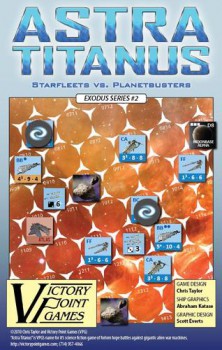
 In this double episode finale, we get to the end of one of the best seasons. It started out a little rocky, but had some of the series’ best episodes, I think. The finale happened while I was a on a plane to Arizona for vacation, so I wasn’t able to review it until I got back this week. (Gotta love DVR!)
In this double episode finale, we get to the end of one of the best seasons. It started out a little rocky, but had some of the series’ best episodes, I think. The finale happened while I was a on a plane to Arizona for vacation, so I wasn’t able to review it until I got back this week. (Gotta love DVR!)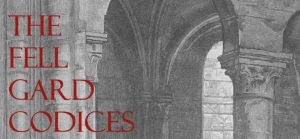 There’s been a lot of talk around the blogosphere lately about self-publishing, and its merits relative to traditional publishing. I’m not going to say anything about that, as such. But it seems obvious to me that self-publishing has a value if you have a story that could not, due to the nature of its form, be published traditionally.
There’s been a lot of talk around the blogosphere lately about self-publishing, and its merits relative to traditional publishing. I’m not going to say anything about that, as such. But it seems obvious to me that self-publishing has a value if you have a story that could not, due to the nature of its form, be published traditionally.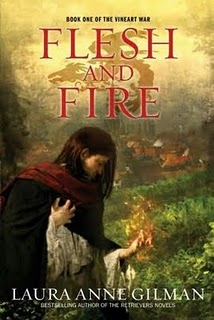 Flesh and Fire
Flesh and Fire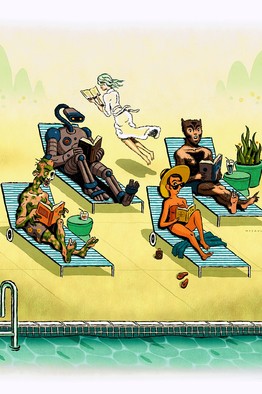 The Wall Street Journal weighs in on the
The Wall Street Journal weighs in on the 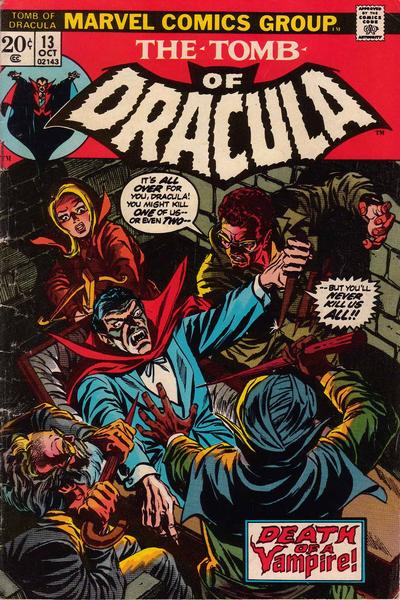
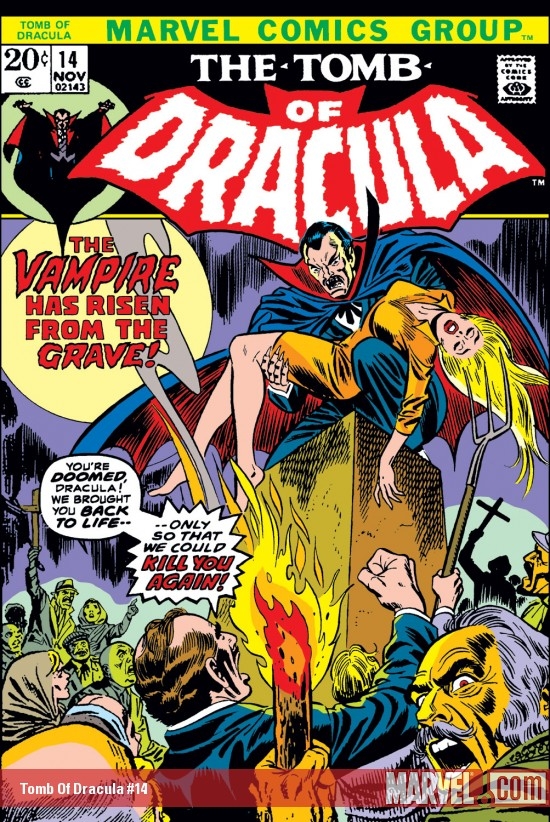
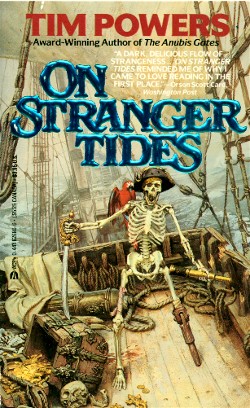 Extolling the virtues of Tim Powers to this audience is probably preaching to the choir, but if you haven’t yet read On Stranger Tides, get thee to
Extolling the virtues of Tim Powers to this audience is probably preaching to the choir, but if you haven’t yet read On Stranger Tides, get thee to 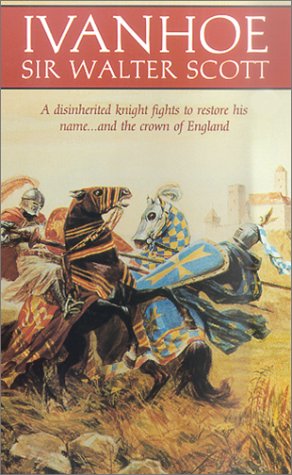 There’s a school of thought that views the Middle Ages as a dark gulf between the Classical Age and the rebirth of reason known as the Renaissance. The Middle Ages were, to paraphrase science fiction author David Brin, an unhappy time of small-mindedness and fear, marked by the squabbles of petty nobles, ignorance, superstition, and religious persecution.
There’s a school of thought that views the Middle Ages as a dark gulf between the Classical Age and the rebirth of reason known as the Renaissance. The Middle Ages were, to paraphrase science fiction author David Brin, an unhappy time of small-mindedness and fear, marked by the squabbles of petty nobles, ignorance, superstition, and religious persecution.